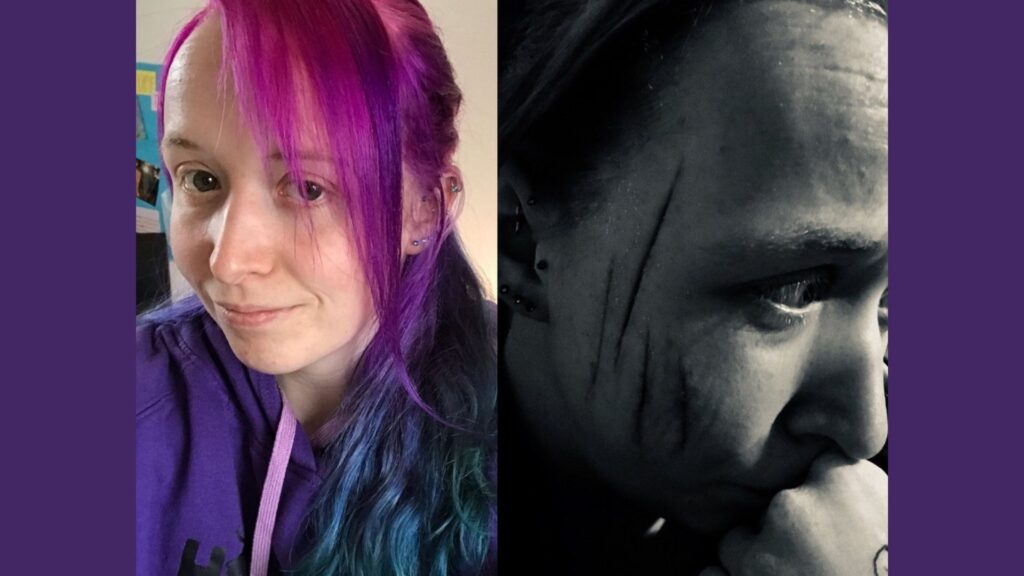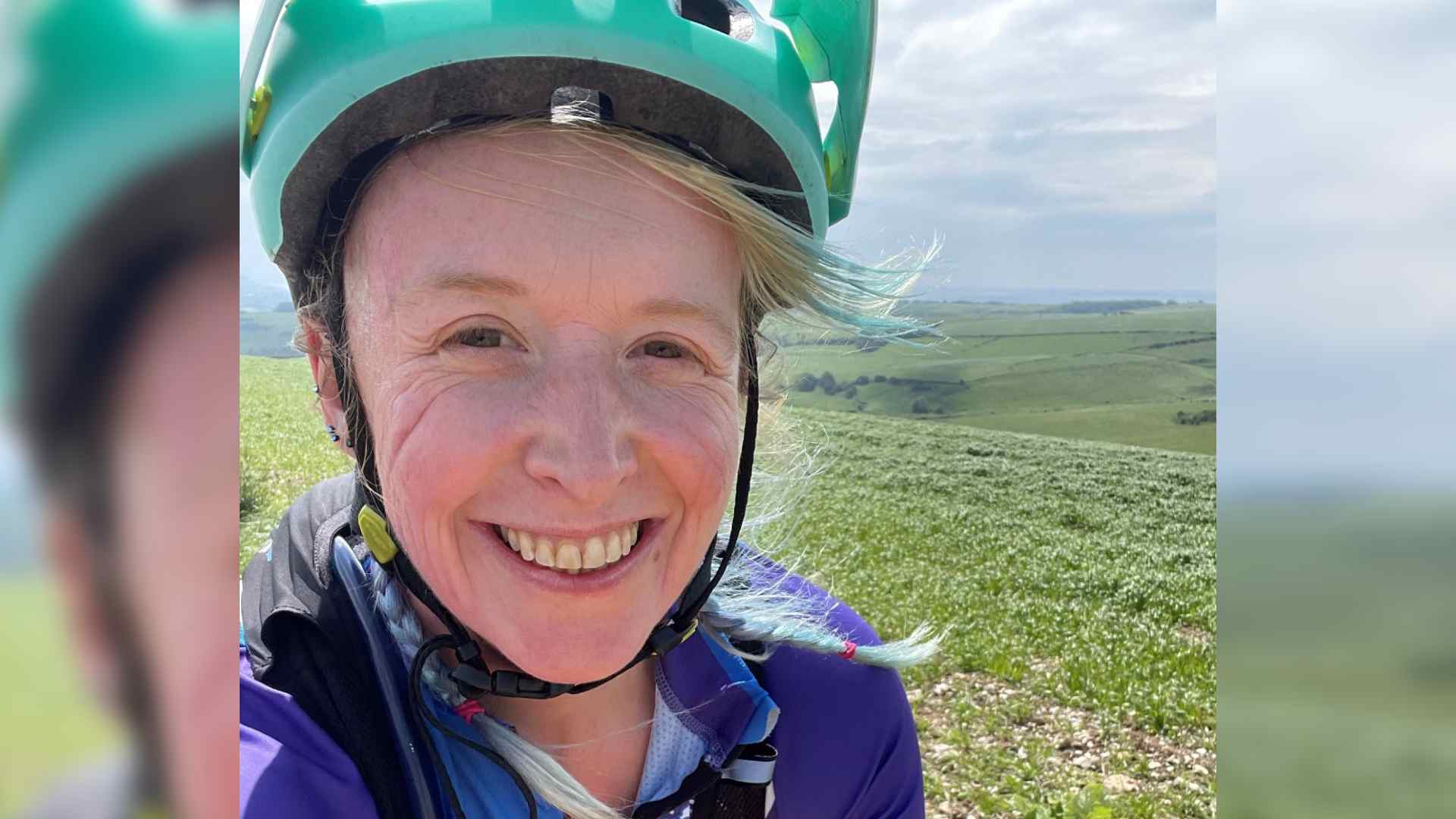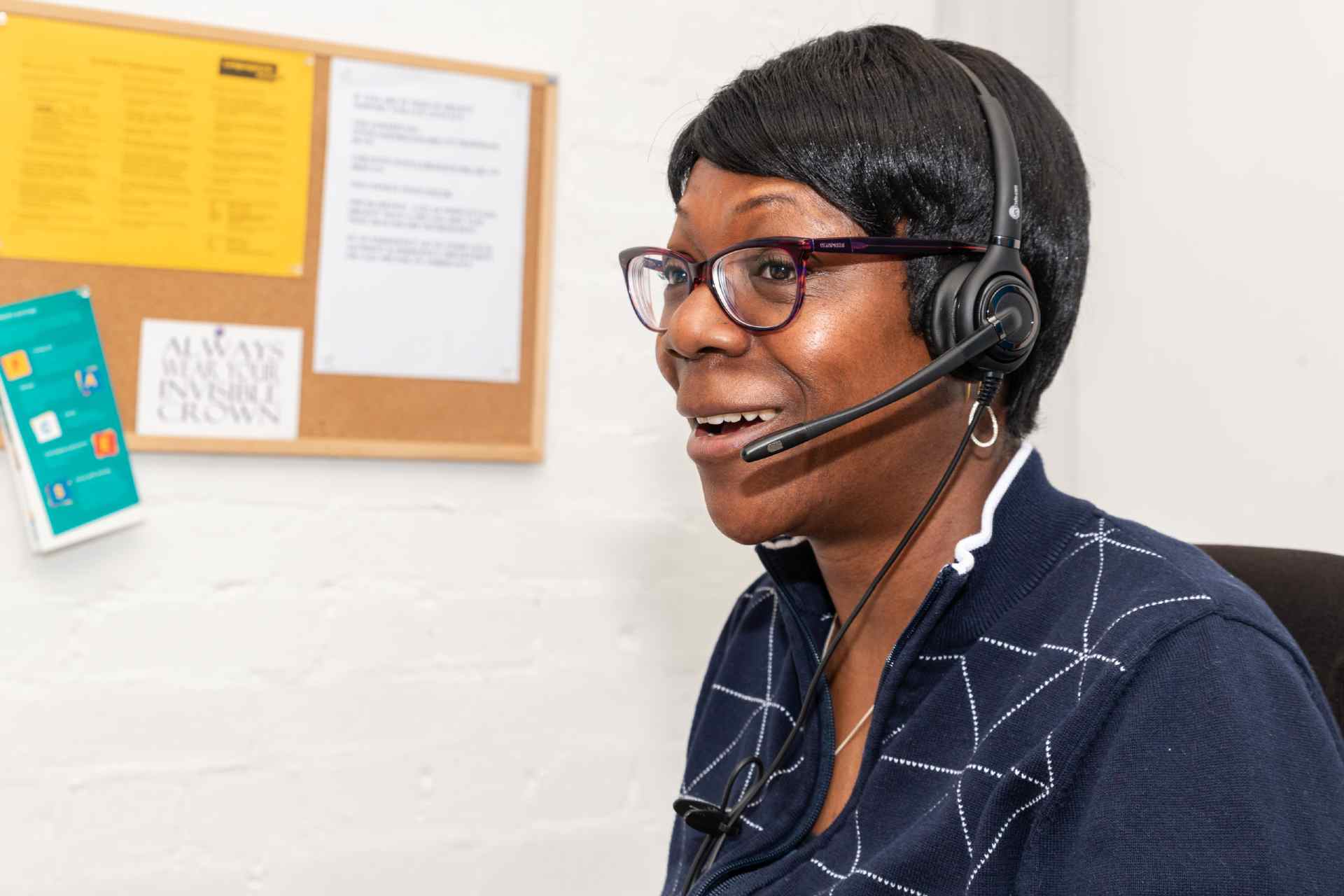Trigger warning: self-harm
Selfie culture has become engrained into our society. The rise of photo-centric social media platforms such as Instagram has normalised sharing our own lives and viewing the lives of others. However, we need to remember that the photos we see don’t represent others as a whole. We often only see the best bits.
Instagram became popular at a time in my life when I was struggling with my mental health and self-harm. I wanted to conceal this side of my life from society – both because I was ashamed, and because I worried about what others would think of me. Over the years, I’ve come to accept my scars as part of my story, but at this time, I very much hadn’t come to terms with them.
Seeing other people looking beautiful and enjoying their lives made me feel under pressure to make myself “presentable” and paint an image that wasn’t true. I thought that’s what people would want to see on social media.

Ellie felt she had to hide her scars on social media
I went to great lengths to “curate” my feed and my photos, including angling my face so that my scars couldn’t be seen. Obviously, in real life I couldn’t hide my facial scars but anyone who only knew me through social media had a totally different idea of what I looked like – scar-free, bright and colourful.
I thought presenting myself in this way would help me to feel more confident, but it had the opposite effect. My shame grew, and I was terrified that I’d meet someone in real life who had only seen my online photos, and that they’d judge me for “lying” about my appearance.
The more people we see on social media who proudly show their visible differences, the more accepting society will become.
Instagram didn’t help the situation when I started to be more honest in my photos and allowed my scars to be visible in pictures. A number of my photos were censored or even taken down after being flagged as “inappropriate content”. It felt like being told that my face isn’t suitable to be seen by others.
Social media can be a great way to connect with others and find a community who accepts you. But it can also negatively impact your self-esteem and show you a world of perfection that’s never attainable. It’s important to build your feed in a way that shows not only aspirational content, but real life too.
Selfie culture when you have a visible difference can be challenging. No one should feel ashamed about the way they look. The more people we see on social media who proudly show their visible differences, the more accepting society will become, and the more confident people like me will feel to be themselves online.

